The wide river, mountains, lush nature and friendly people make Kampot an ideal place for true relaxation. Peek into rural Cambodian life set amidst a vast expanse of rice fields, pepper and fruit plantations.
We can organise your tours and trips with trusted local guides for a truly immersive experience. Let us help you discover the best that Kampot has to offer.
Kampot has been the administrative center for southern Cambodia for hundreds of years, with many colonial buildings such as the governers residence, now Kampot Provincial Museum and the National Bank of Cambodia. The small scale of this town makes it great for walks. Bring along your camera as there are plenty of photo opportunities. The town offers great examples of French Colonial (both classical and modern), traditional Khmer and Chinese architecture.
Kampot is located on the Kampong Bye river, crossable via four bridges. The characteristic ‘Old Bridge’ shows the wear and tear it has had to endure, and is one of Kampot’s iconic structural features. There is also a ‘new bridge’, a railway bridge and a bridge connecting to ‘fish Island’.
The Khmers are very practical people, and to ease giving directions they place statues, sculptures and monuments on strategic points (‘go straight at the Durian, then turn left at the 2000 monument’). Kampot boasts a great number of statues and sculptures although the town is not (as yet) graced with a Kampot Pepper Monument.
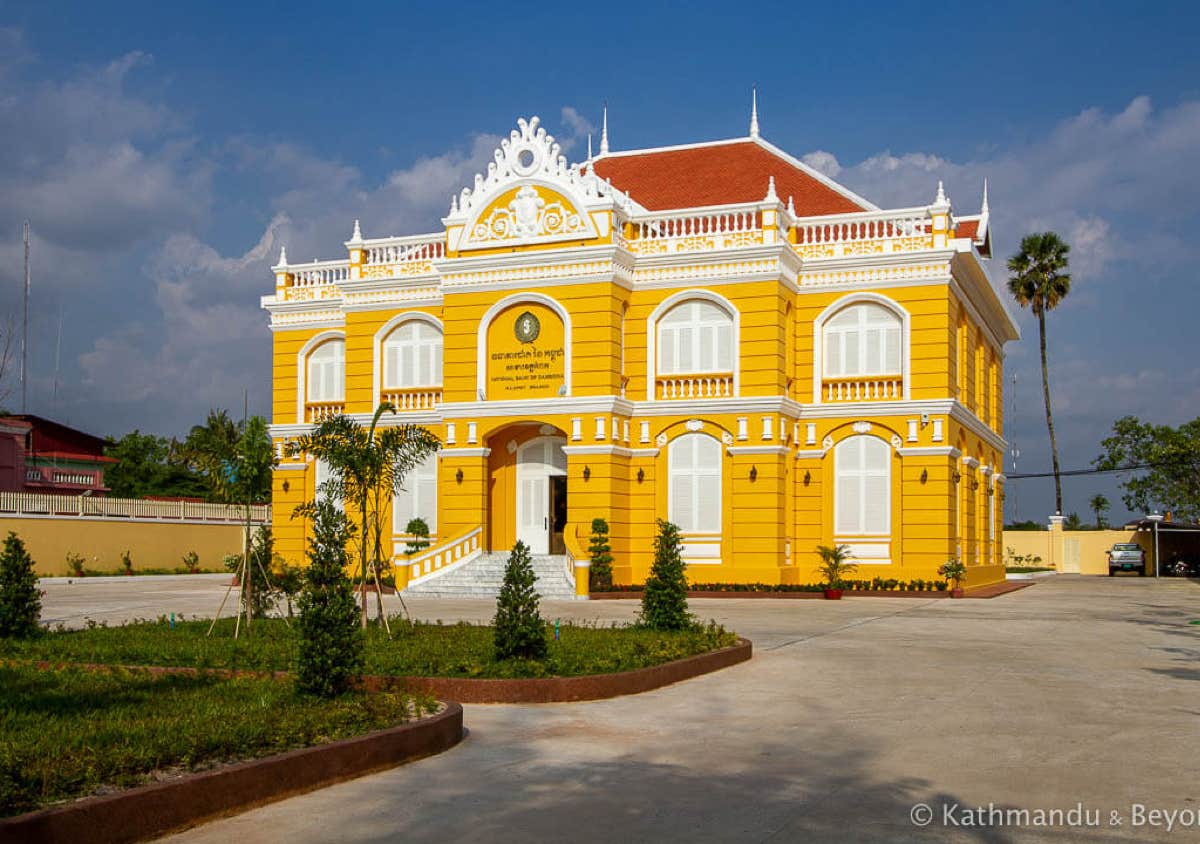
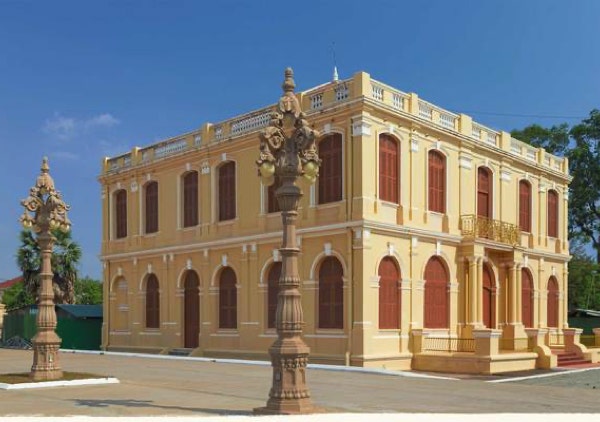
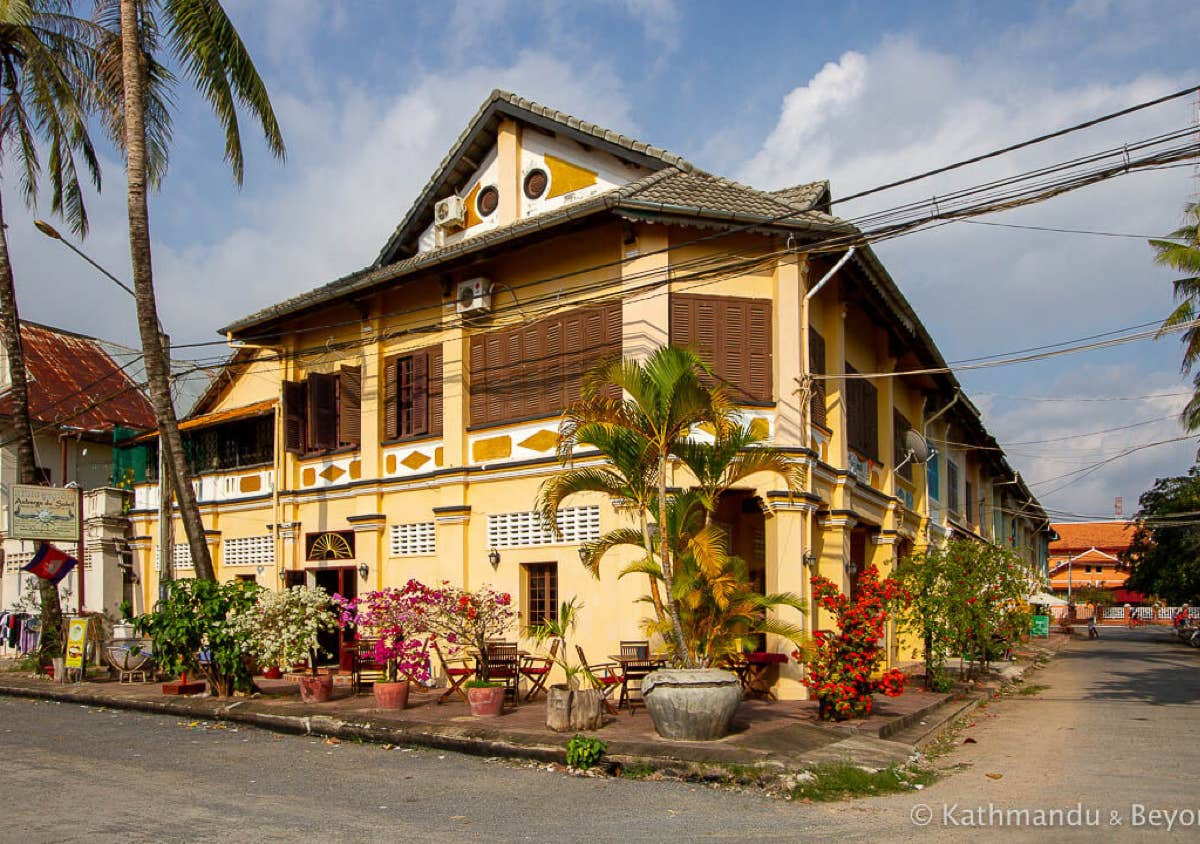
Early mornings and late afternoons a handful of colourful fishing boats puff through Kampot, on their way to or from the ocean. The river, Kampong Bye River, runs from Teuk Chou Rapids via Kampot town to the Gulf of Thailand, about 15 kilometers in length.
The setting is stunning with the Elephant Mountain Range in the background, mangroves upriver and small villages dotted around. The best time of day to cruise the river is late afternoon, when temperatures drop and birds become more active.
The sun sets behind the Elephant Mountains, at times turning the river a shade of red, purple or fuchsia.
Boat trips galore on offer in Kampot, whether you are interested in a private trip into the mangroves, experience nature’s own light show by watching fireflies buzz around or simply hop on a no-frills boat trip. Paddle boarding or canoeing is a great way to explore the narrow offshoots of the river. Tranquil and cool, the loop is covered by palm mangroves. The ‘green cathedral’ is a wonderful 1-2 hour trip.
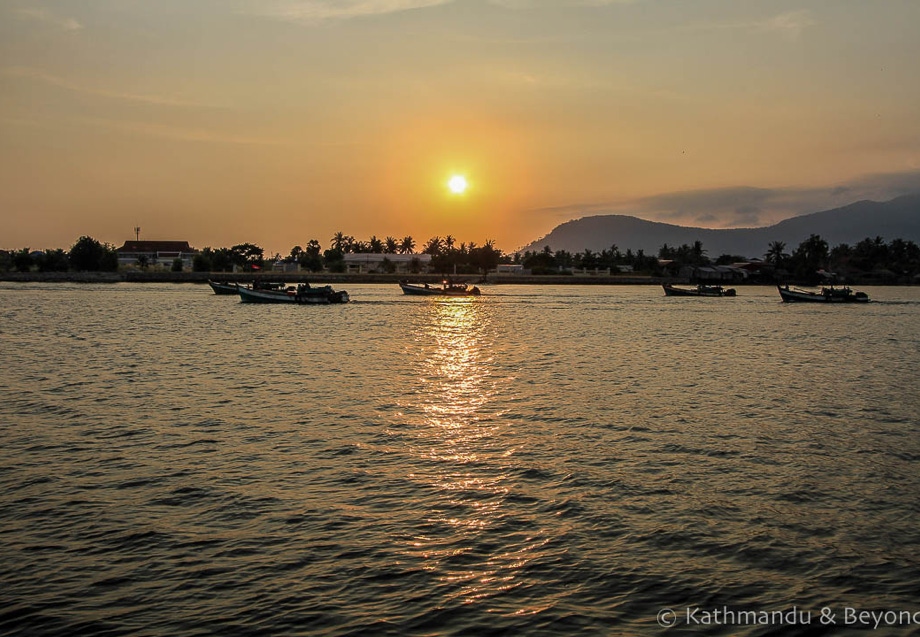
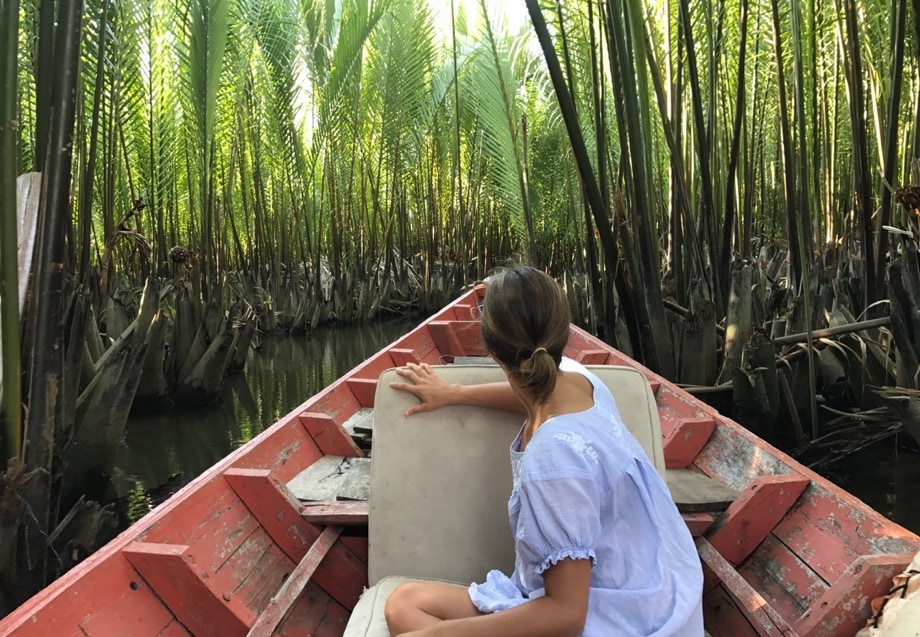
Preah Monivong National Park (colloquially known as Bokor National Park) spans roughly 1580 square kilometers of protected, dense primary rainforest – the perfect habitat for a variety of rare and threatened mammals. It is estimated that there are over 300 species of bird, including several types of the stunningly elegant hornbill.
Constructed by French authorities in the early 1920s as a complement to the already popular Kep resort area, Bokor was an elegant getaway for French officials and foreign visitors to old Indochina. The French abandoned the hill station during the First Indochina War and the Cambodian upper class moved in. The Hill Station experienced its heyday in the 1950s and 1960s. The Khmer Rouge took control of the area in 1972 and kept Bokor as a stronghold until the early 1990s.
The area was established as a national park in 1993, leaving a small collection of ghostly ruins peaking through the fog and clouds.
Currently, part of a large scale investment project has already been realised; a large hotel/casino has been built, the old casino has been renovated and an entire town is expected to pop up in time.
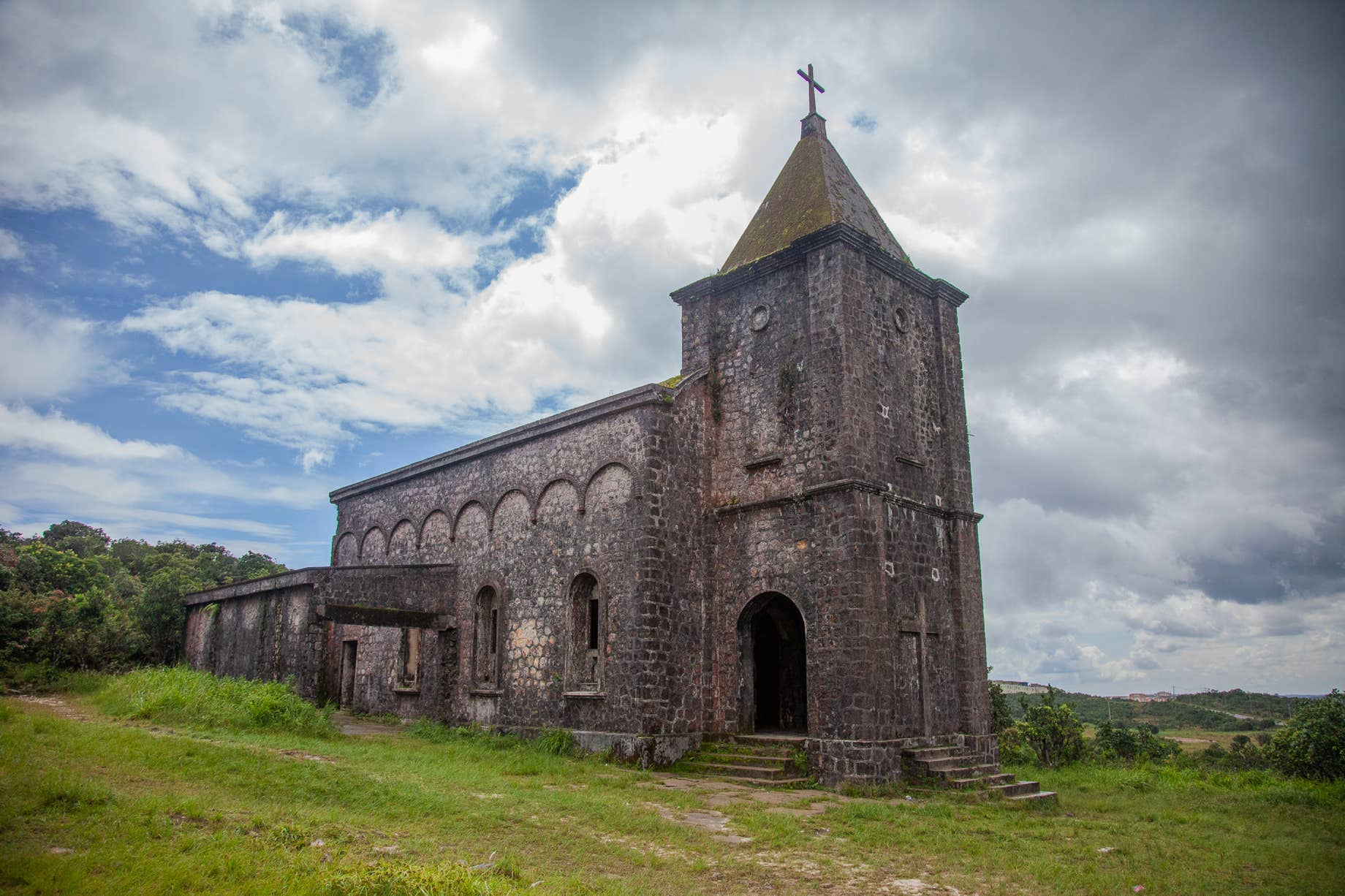
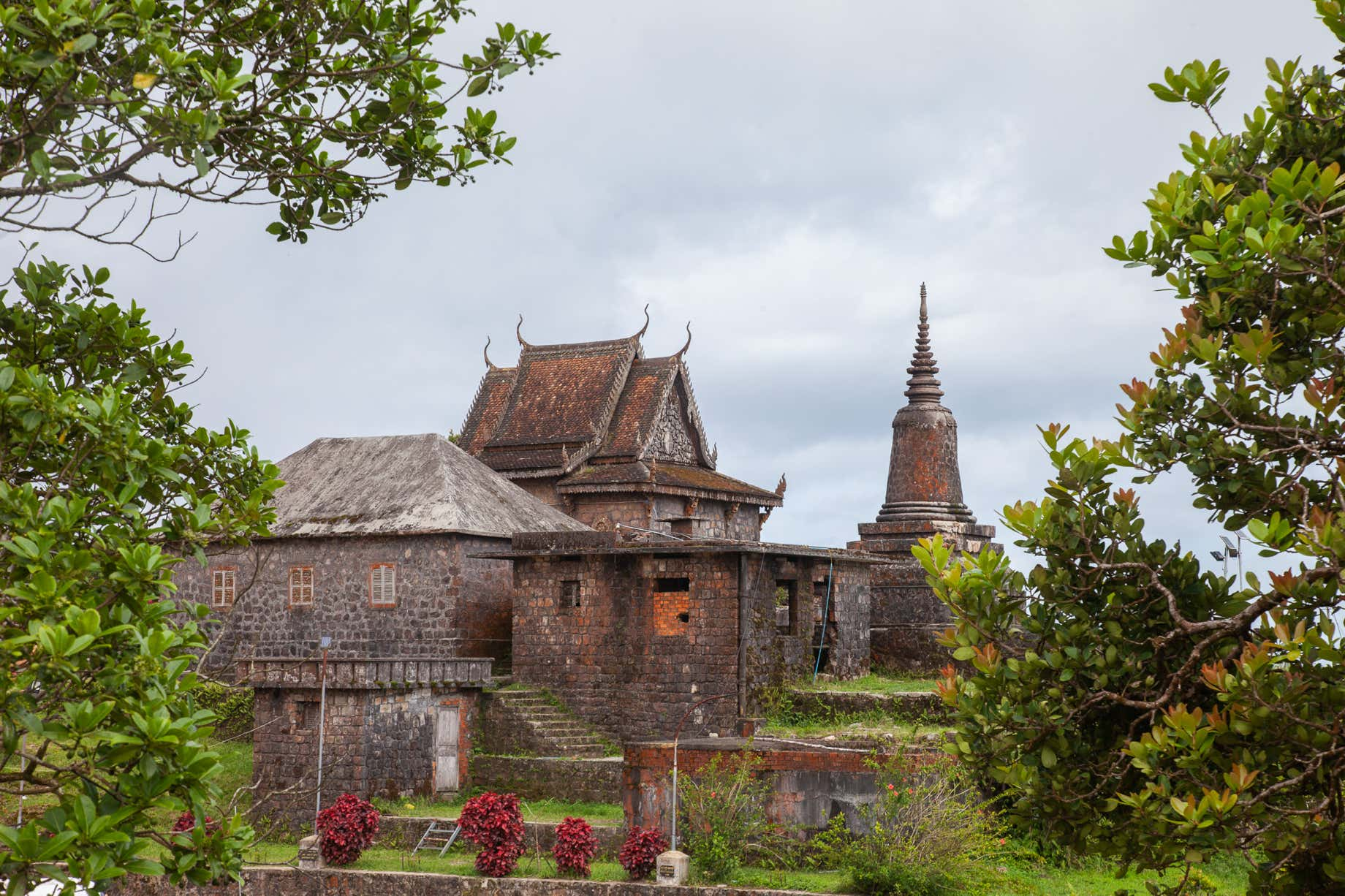
There is only one long and winding access road to the top of Bokor. What once was a hellishly bumpy ride is now possibly the best road in the country. There are plenty spectacular views of the coast, jungle and Kampot along the way.
From bottom to top, you will come across the very large statue of Lok Yeay Mao (a female buddhist divinity). From here, turn left for the Black Palace (former King Sihanouk’s summer retreat) along with accommodation for concubines and staff quarters.
Wat Sampov Pram (Pagoda of 5 boats) was built in 1924 by King Monivong. The five oddly shaped rocks near the wat gave the pagoda its name. Great views over the rainforest to the coastline below, and across the sea to Vietnam’s Phu Quoc Island – on a clear day.
The Old Catholic Church was built by the French in the early 1920s as part of the French township on Bokor Mountain.
Former Bokor Palace Hotel, a lovely colonial building sits atop a cliff overlooking an enormous drop into lush rainforest. The building was recently revamped.
Popokvil Waterfall is a spectacular waterfall (well, it is during the wet season) set in lush jungle which offers great views and the option to go for a swim on a sweltering day. Around Popokvil you can find the Utricularia Striatula, a small (barely 1 cm in diameter) carnivorous plant that grows on wet rocks or tree trunks. The tiny plant appears to be a flower, and can be found in white, pink and lilac.
The best way to explore Bokor would be on a private rented scooter, but there are also options for a guided tour in a car/tuktuk hybrid or group tours.
Arguably the most picturesque area in Cambodia is located between Kampot and Kep. The rice paddies dotted with palm trees, salt fields, limestone mountains, colourful fishing villages and immensely friendly people make for a pleasant journey.
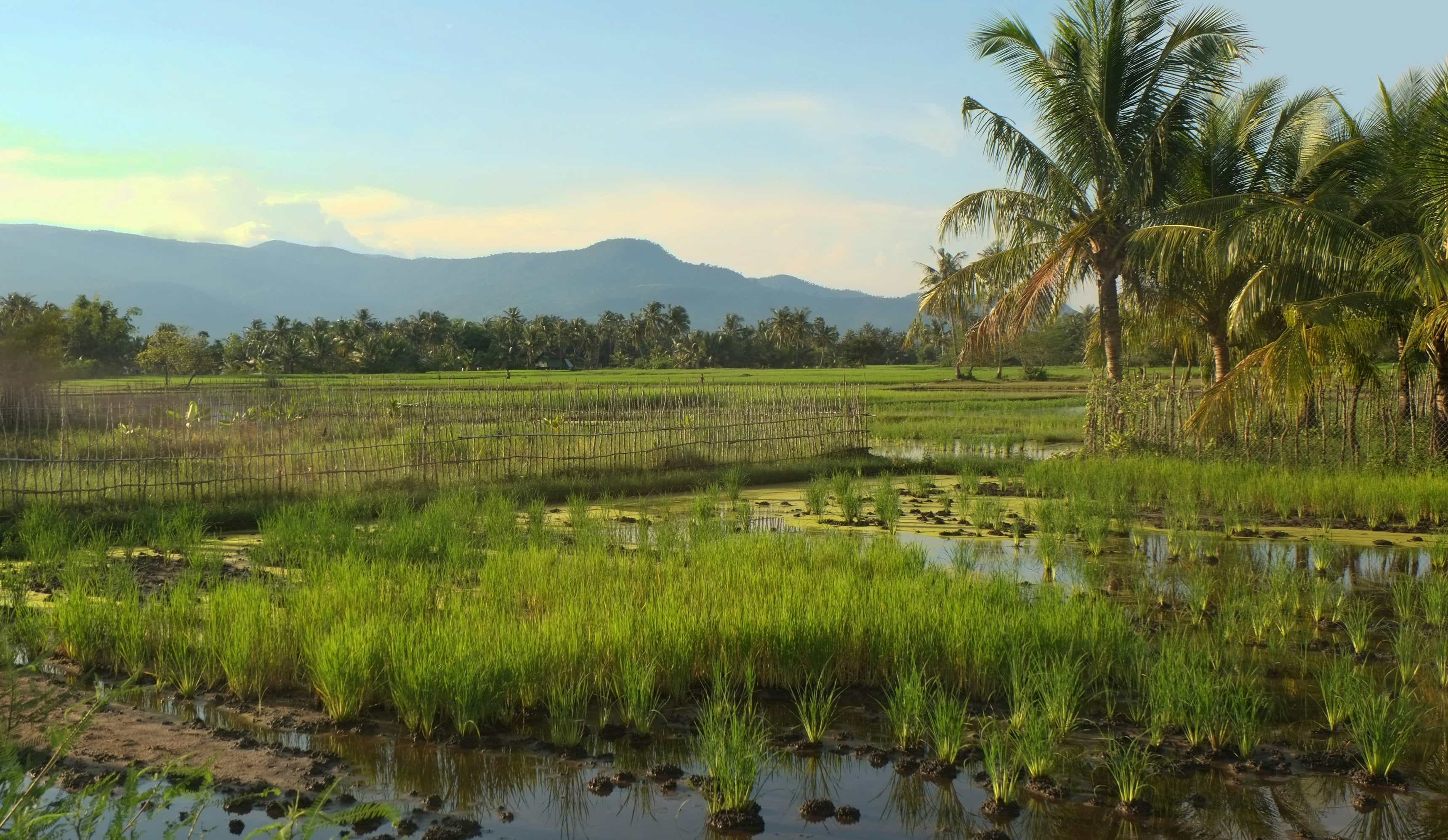
Kampot pepper is widely considered one of the best black peppers in the world. Learn about the pepper process and have a taste test at one of the many plantations around.
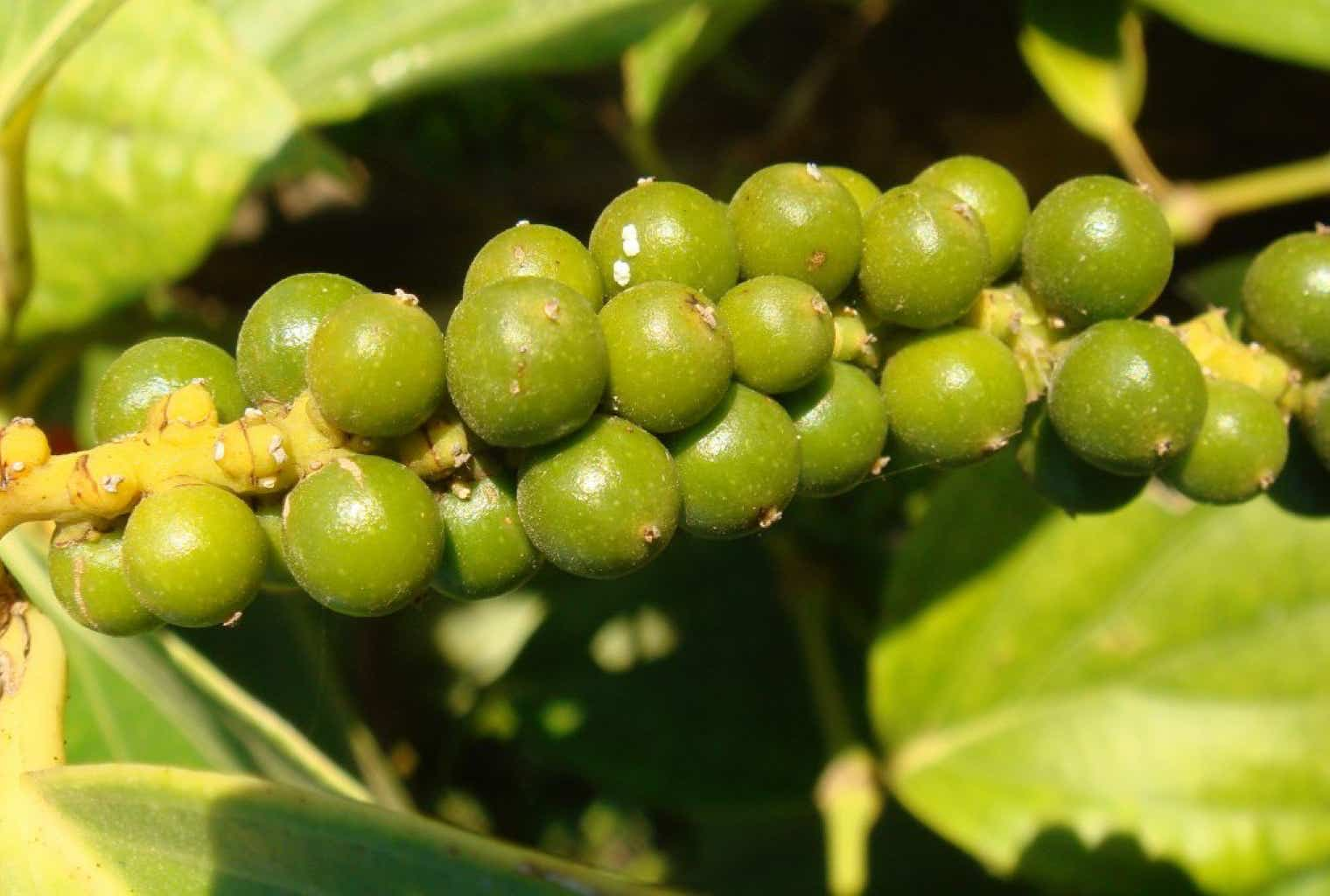
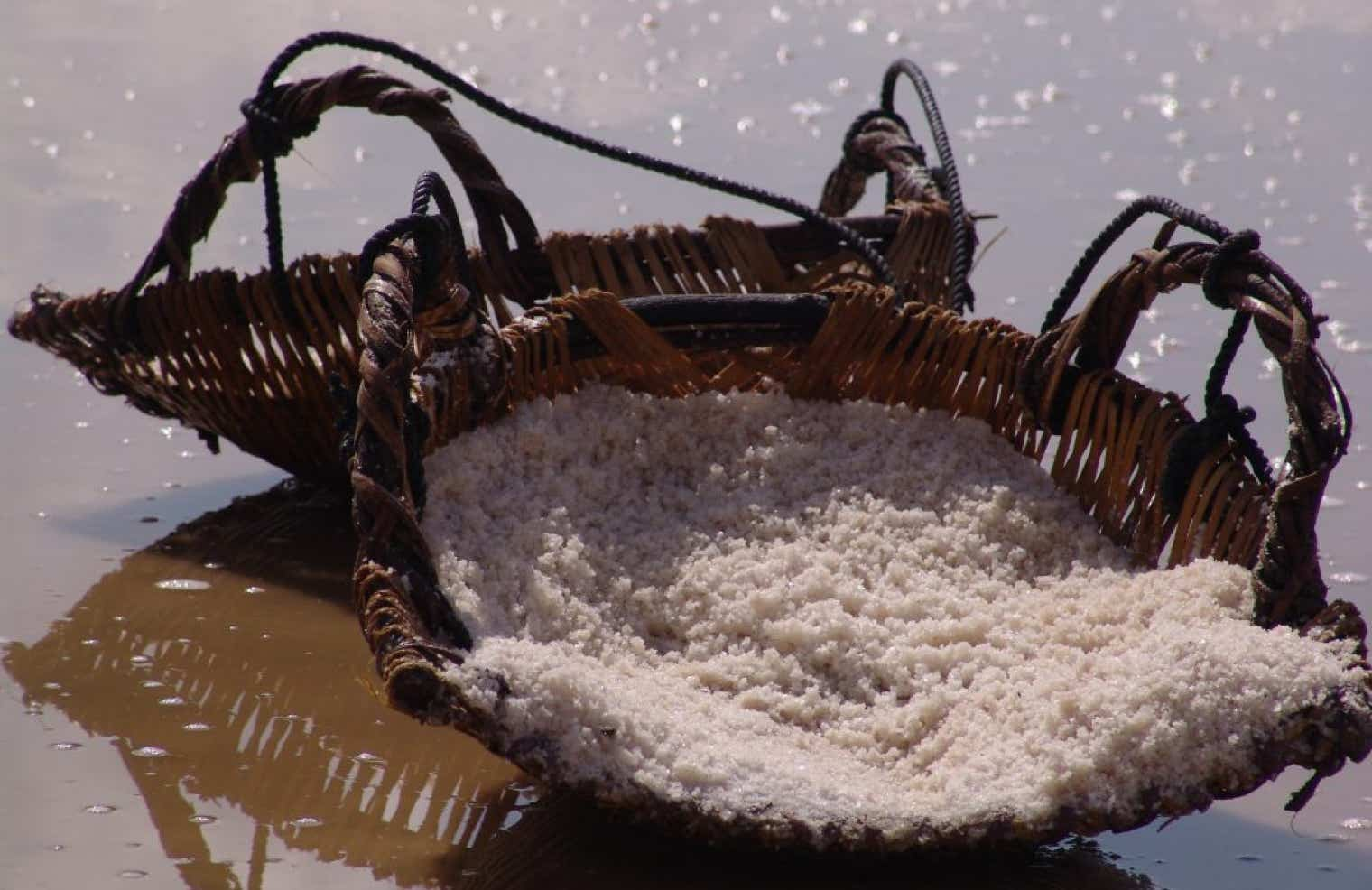
Whether mirroring the landscape during the rainy season, glistening in the sun or during harvest, the geometric landscape of the salt pans are incredibly photogenic.
There is a handful of temple caves in the area, Phnom Chhngork houses the best preserved Funan era temple. This 7th century temple is dedicated to Shiva and is possibly the oldest temple in Cambodia. To access the main cave you have the option of climbing the 200 steps or to do a tricky climb through the cave.
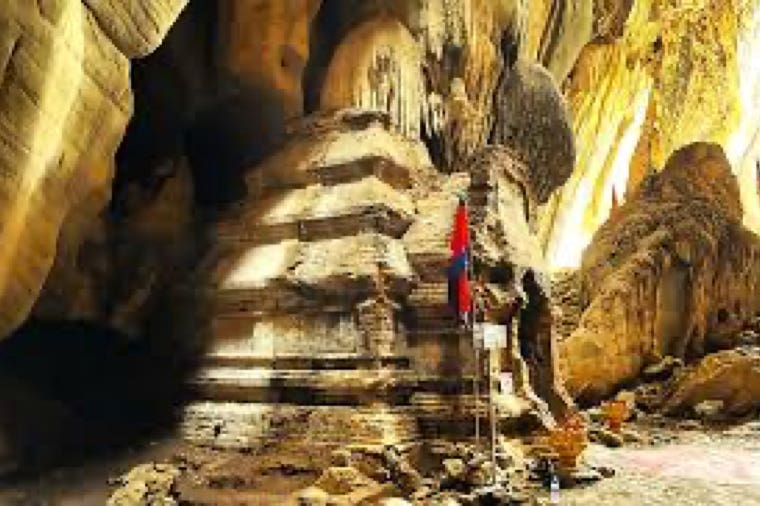
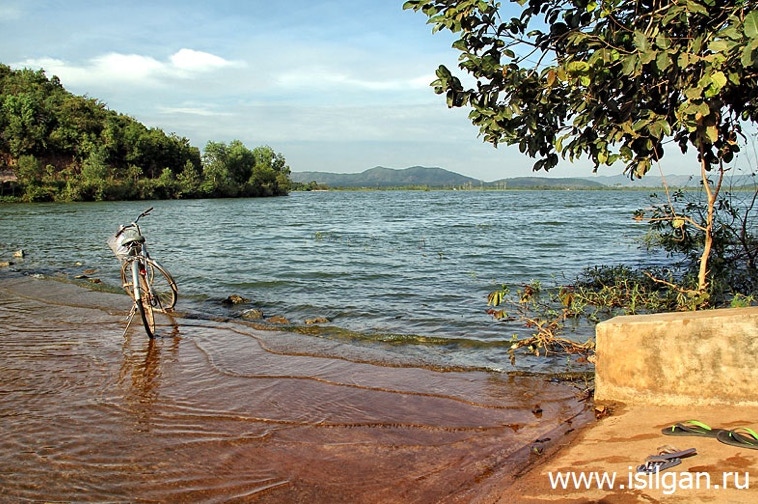
Locally known as Tomnop Tek Krolar, this irrigation dam was establish through hard labour under the Khmer Rouge regime.
The perfect setting between limestone mountains and rice paddies provides for a lazy afternoon on one of the many bamboo platforms. It is possible to rent tubes and swan shaped pedalos (water bicycles).
A colourful, photogenic fishing village is located along the Kampot to Kep road. Private tuktuk tours are the most popular choice of transportation, but you could also explore the area on a scooter or by car/tuktuk. Group tours are available. Most countryside tours take in a trip around the seaside town Kep. There are some nice nature walks and trails to explore Kep National Park.
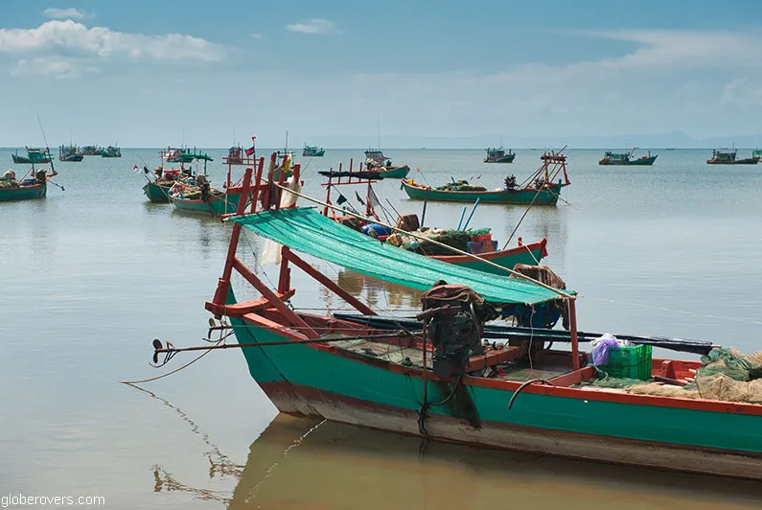
Founded as a colonial retreat for the French elite in 1908, popular by the Khmer elite during the 1960s, Kep was Cambodia’s premier beach town. Luxurious villas of the privileged class dotted the seaside. The town was evacuated and the villas were destroyed during the Khmer Rouge era and looted during the 1980s.

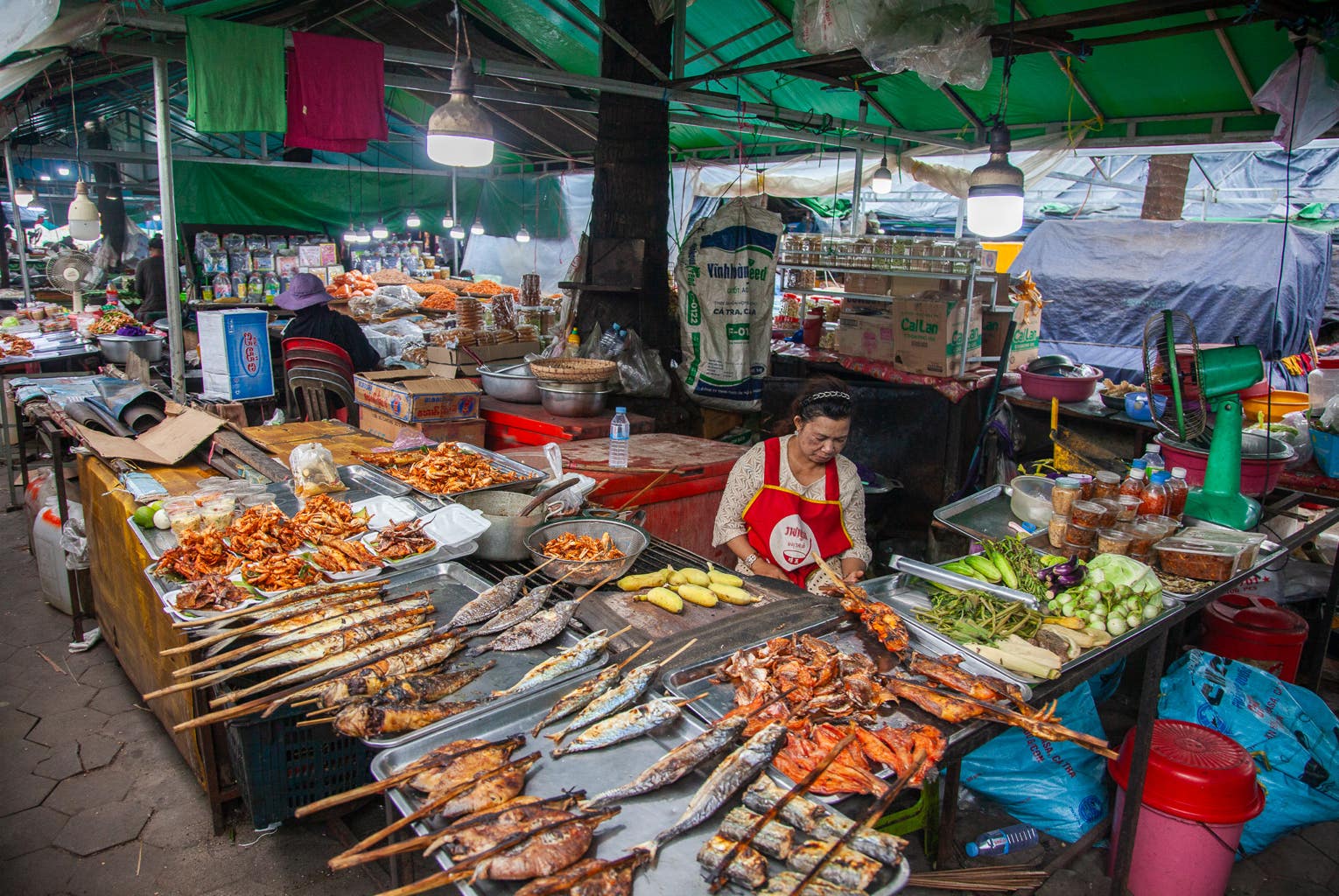
Initially a simple seafood market where the local fishing boats would bring their catch for sale, Kep’s Crab Market nowadays is a string of eateries housed in rustic wooden shacks on stilts built over the sea. You can still see the local fishermen at work in the mornings.
Kep’s main beach is a single, kilometer long crescent of white sand near the tip of the Kep peninsula. Also visit the white lady looking out to sea for her lost love. Dining platforms and seafood vendors line the road behind the beach. Busy on weekends and public holidays, but often deserted during the week.
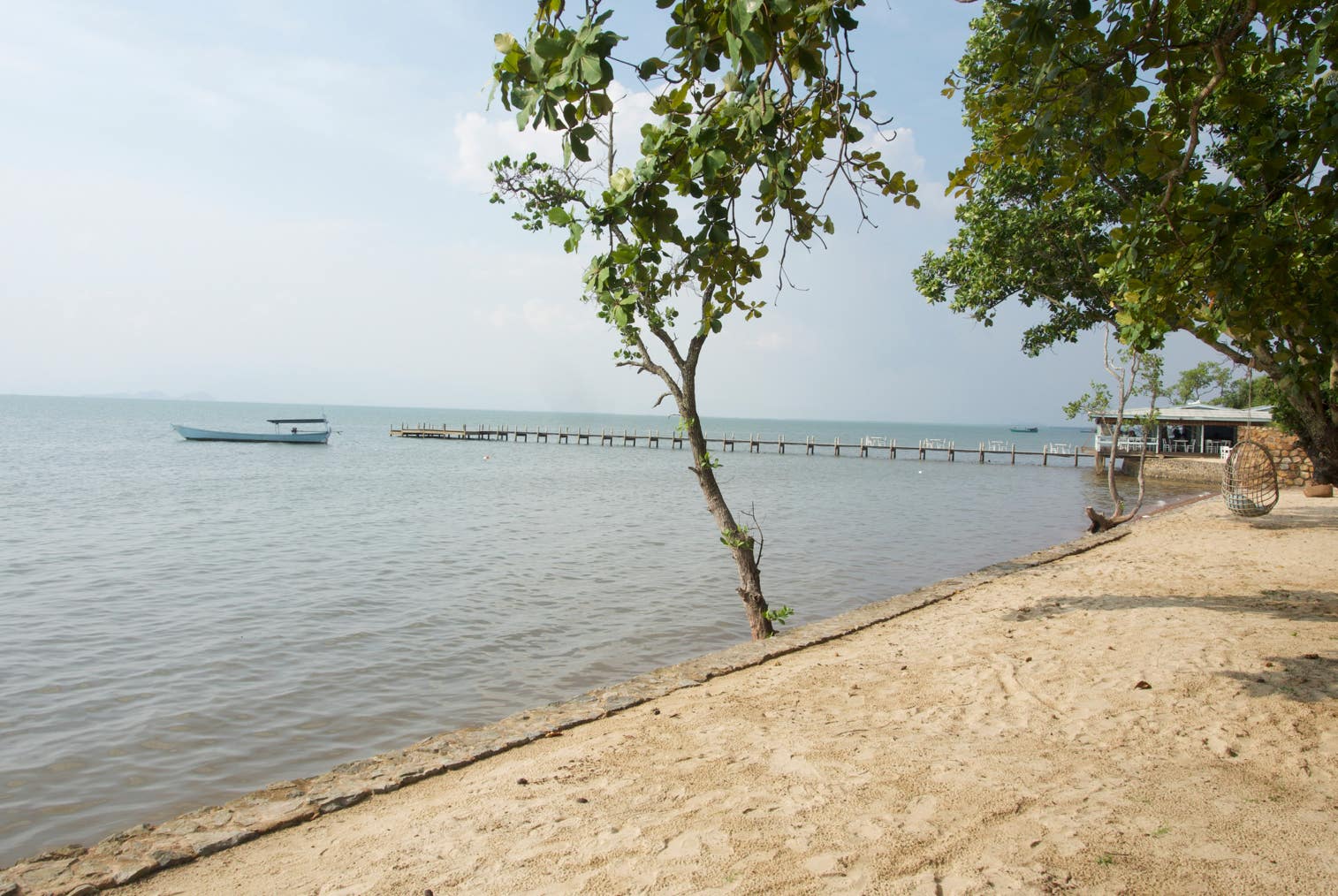
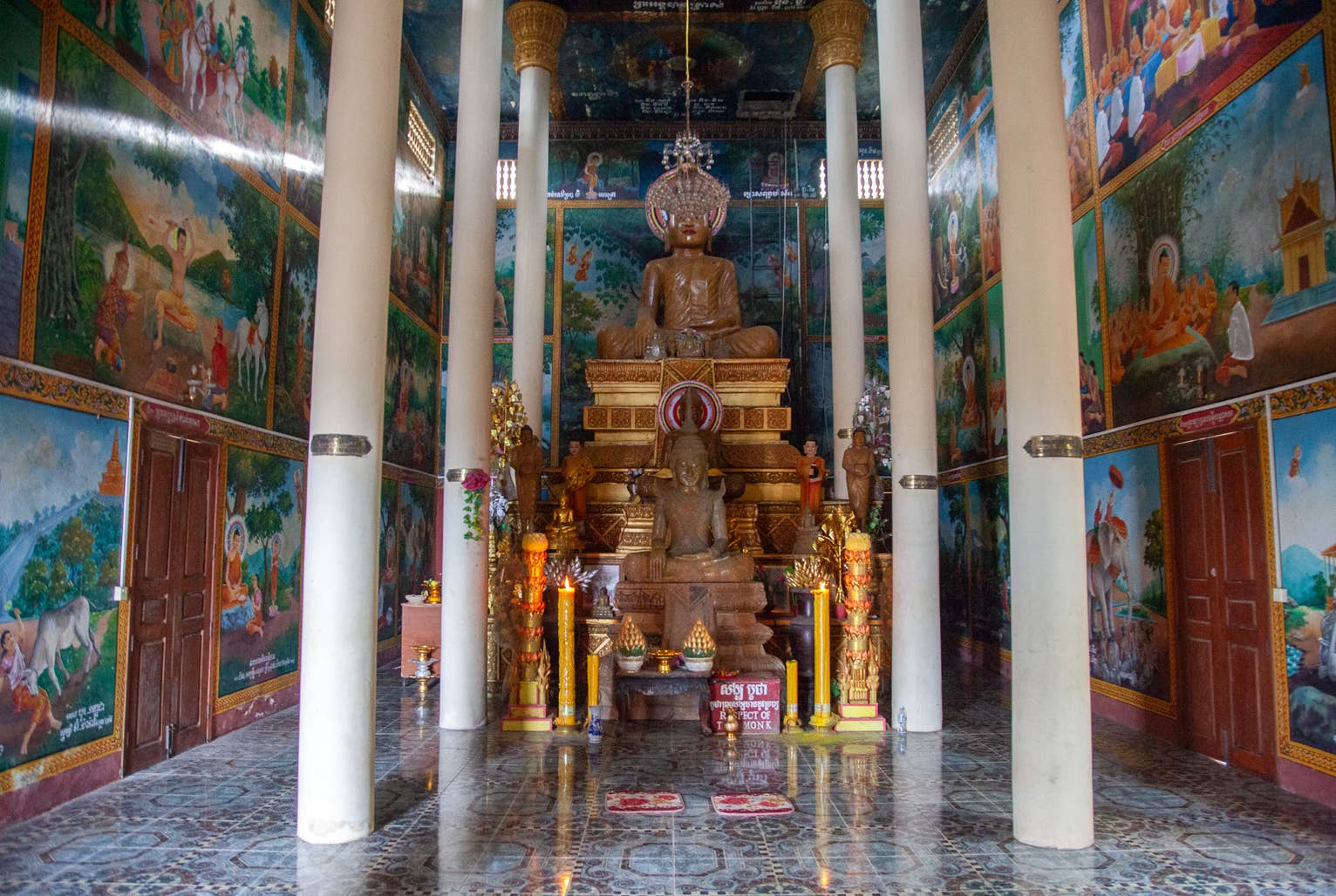
Samathi Pagoda is perched on a hill, providing visitors with a peaceful atmosphere and stunning views of the surrounding landscape, including the sea and nearby islands. The hike up to the temple is relatively easy, making it a popular spot for those looking to combine a cultural experience with a bit of outdoor activity.
Kep’s grand Bauhaus and Corbusier influenced pre-Khmer Rouge villas are mostly destroyed, some remain as blackened and mildewed shells. Poke around some of these villas, they still give the town a sort of post-apocalyptic feel.
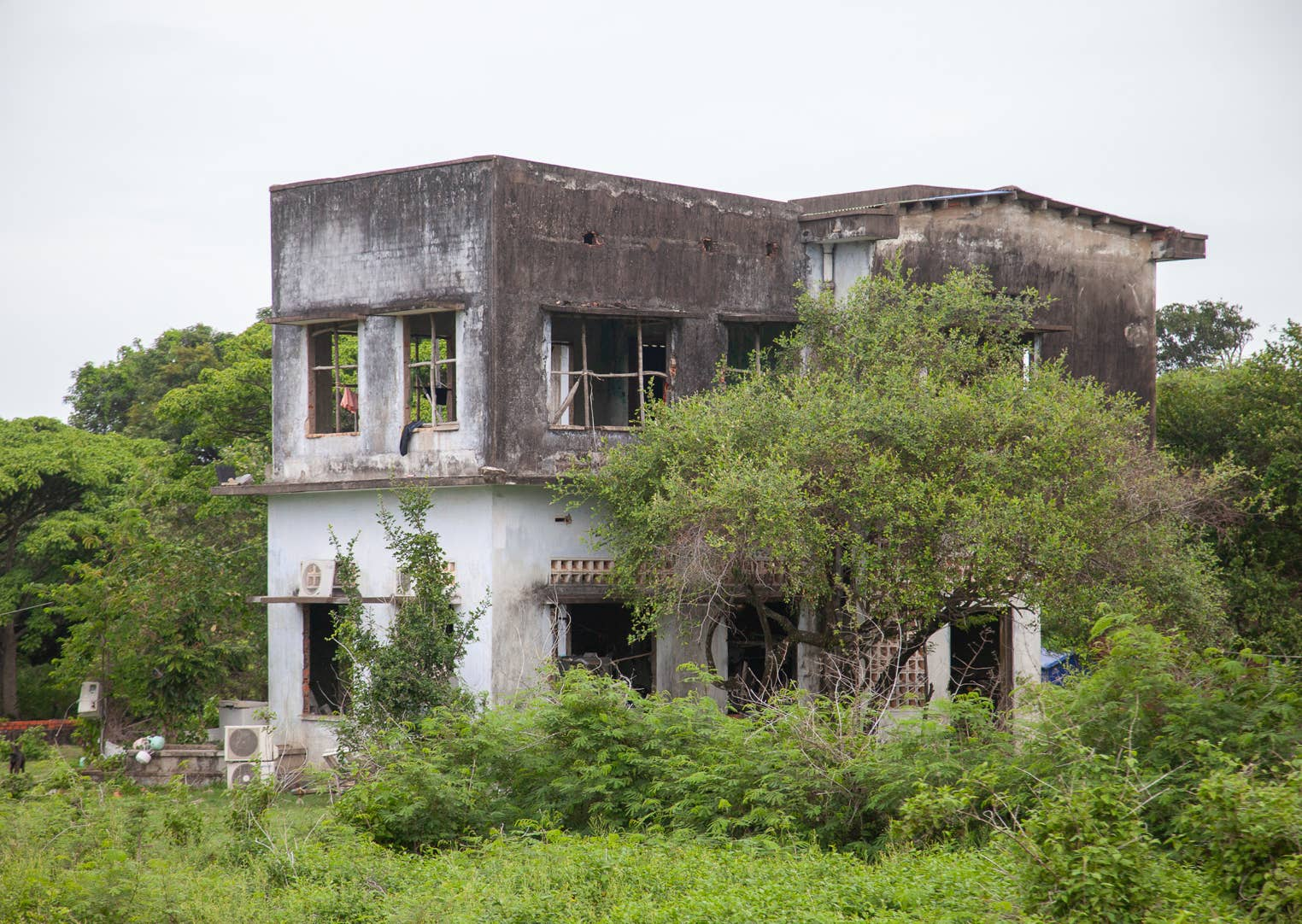
Known locally as Koh Tonsay, this small undeveloped laid-back tropical island offers a 2km crescent palm-fringed beach ideal for swimming. There are restaurant shacks serving decent seafood, massage platforms and basic thatch bungalows. The walk around the island takes 3 hours. Boat are available at the Kep pier.
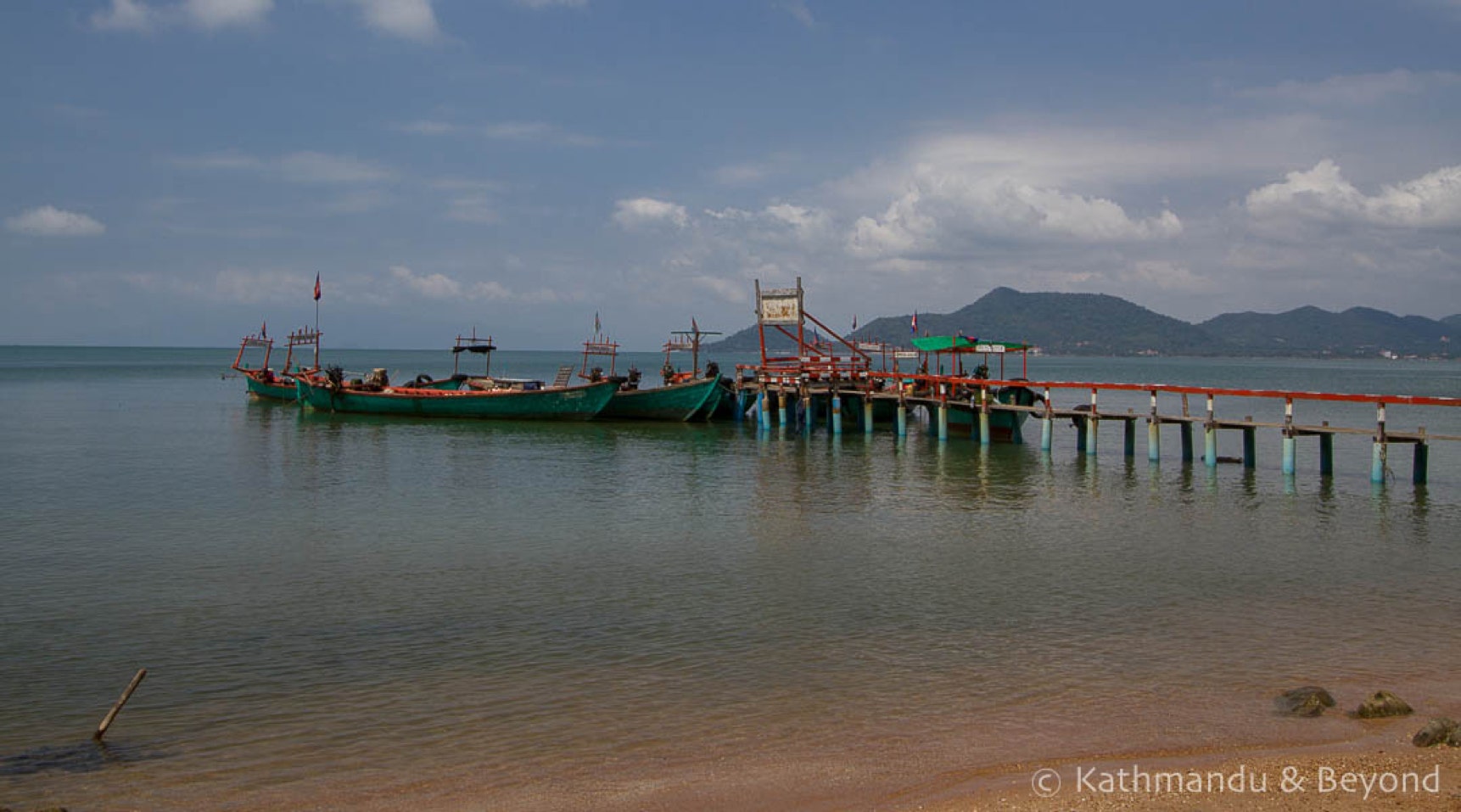
Discover Kampot and its beautiful countryside at your own pace by renting a bicycle, motorcycle, or joining a guided tour. As you explore this stunning region, uncover hidden gems such as Angkoul (‘Secret’) Beach, the caves of Kampong Trach, and the Anlong Pring Bird Sanctuary. For off-road adventures, hire a quad or dirt bike and venture into lesser-known areas. Visit Climbodia, Cambodia’s first outdoor rock climbing site, offering exciting half-day programmes that include via ferrata, abseiling, caving, and climbing. For a fun family day, Kampot River Park Resort is a must-visit with its water park, thrilling zipline over the river, and bamboo staircase adventure. You can also immerse yourself in local culture by taking a Cambodian cooking class, where you’ll learn to create traditional dishes like Amok.
This website makes use of cookies. Please see our privacy policy for details.
OK